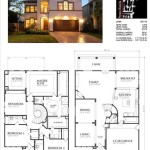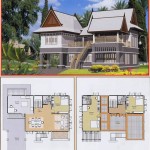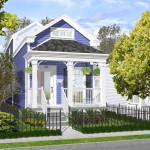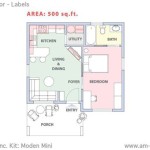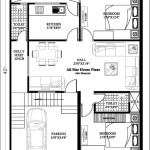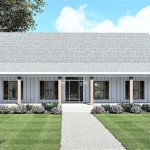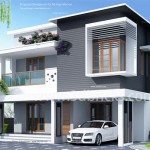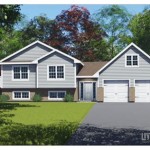Essential Aspects of Narrow House Plans
Narrow house plans are becoming increasingly popular due to the need for efficient space utilization and the rising cost of land. These plans are designed to fit into narrow or compact lots, typically ranging from 12 to 20 feet wide. While designing a narrow house, several key aspects need to be carefully considered to ensure functionality, comfort, and aesthetic appeal.
1. Space Planning and Layout
Optimizing space is crucial in narrow house plans. The layout should be meticulously planned to provide adequate living space without feeling cramped. Vertical space can be effectively utilized by incorporating mezzanines, lofts, and built-in storage solutions. Open floor plans, where multiple functional areas flow seamlessly into each other, create a sense of spaciousness.
2. Natural Light and Ventilation
Natural light is essential for creating a comfortable and healthy living environment. Incorporating large windows and skylights along the side walls or the roof is vital to maximize daylight penetration. Cross-ventilation strategies should be employed to ensure proper air circulation and minimize the need for artificial lighting and ventilation systems.
3. Functional and Well-Defined Spaces
Despite the limited width, narrow house plans should provide well-defined and functional spaces for all essential areas. The living room, dining room, and kitchen can be combined into a single open-concept area, while bedrooms and bathrooms can be located on separate floors or mezzanines. Multipurpose furniture and convertible spaces can enhance functionality.
4. Verticality and Height
Utilizing vertical space is crucial in narrow house plans. High ceilings, lofts, and staircases with open risers create a sense of openness and spaciousness. Mezzanine levels can be used for additional bedrooms, home offices, or storage areas, maximizing the available floor space.
5. Visual Continuity and Flow
To avoid a disjointed feel, the interior design of narrow house plans should emphasize visual continuity and flow. Consistent color schemes, flooring choices, and lighting can create a cohesive and visually pleasing space. Open sightlines between different areas can enhance the sense of spaciousness.
6. Outdoor Space and Connection
Even in narrow house plans, outdoor space is important for relaxation, entertainment, and enhancing the overall well-being of the occupants. Courtyards, balconies, or rooftop gardens can be incorporated to provide private outdoor areas. Large windows and sliding doors can blur the boundaries between indoor and outdoor spaces, creating a seamless connection.
7. Facade Design and Curb Appeal
The facade design of narrow house plans plays a crucial role in creating a striking first impression. Vertical elements, such as tall windows and columns, can emphasize the height and create a sense of grandeur. Unique architectural details, such as bay windows or balconies, can add character and enhance the overall aesthetics of the property.
Conclusion
Narrow house plans offer a unique opportunity to create functional, comfortable, and aesthetically appealing living spaces within compact or constrained areas. By carefully considering the essential aspects discussed in this article, architects and homeowners can transform narrow lots into highly livable and efficient homes that meet the demands of modern urban living.

Cool House Plans Offers A Unique Variety Of Professionally Designed Home With Floor By Narrow Lot Mini

Traditional Style House Plan 1533 Pencil

2 Y Narrow House Plans Google Search Piantine Di Case Planimetrie

Narrow Block House Designs Best Home Ideas For 10m 9m 8m 7m Blocks

Simple Narrow Lot House Plans Houseplans Blog Com

Morning Star Farm House Plan Narrow Archival Designs

Modern Narrow House Plan View Park Beach Plans Designs

22 Skinny Houses With A Narrow Footprint And Broad Impact Archdaily

Responsive House Plan Web Design Meets Architecture

Narrow Lot Mediterranean House Plan 42823mj Architectural Designs Plans

